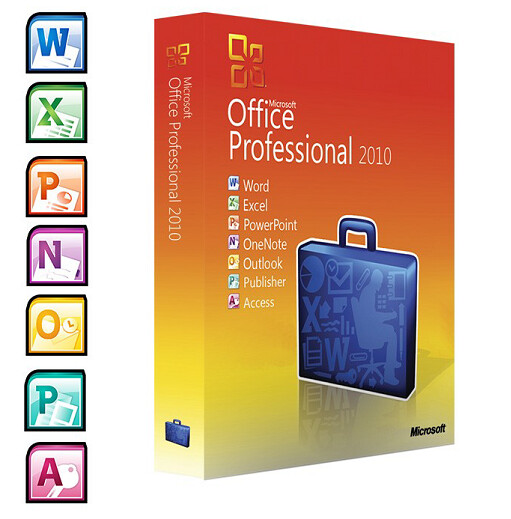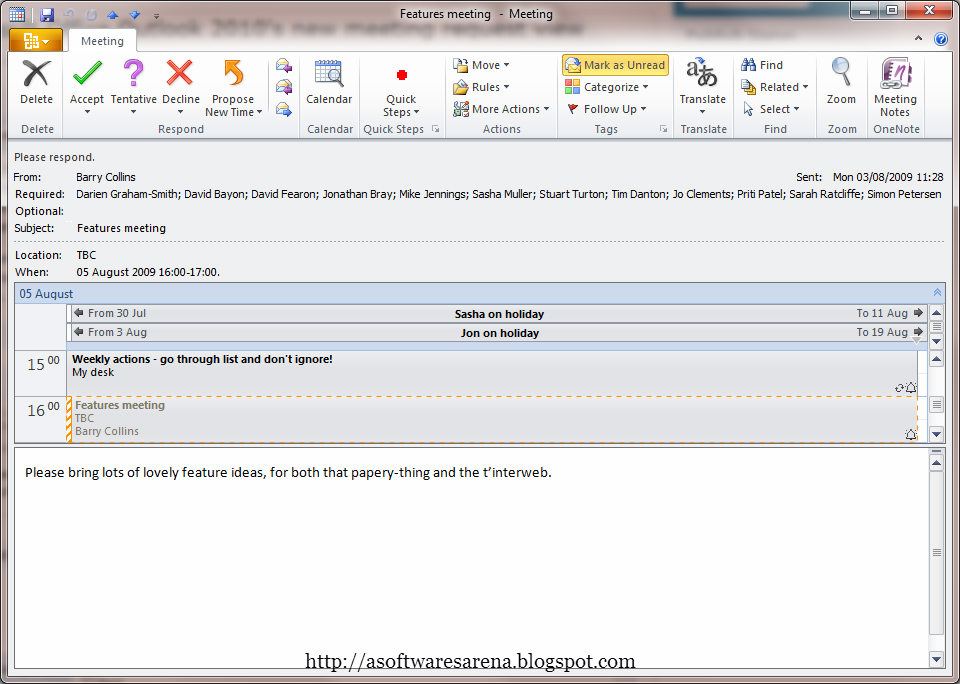

You have an old embedded media file in your PowerPoint presentation with no available 64-bit codec.ģ2-bit focused answer above is excellent. You can continue to use Legacy Word Equation Editor and You require Legacy Equation Editor or WLL (Word Add-in libraries) files in Word. Make them 64-bit compatible, you can continue to run 32-bit. You can continue to use the Edit in Datasheet viewįunctionality in SharePoint Server 2010 with 32-bit Office. You're using SharePoint Server 2010 and you need the Edit in Datasheet view. You can continue to run your 32-bit OLE Server application with a 32-bit version of

You’re activating a 32-bit OLE server or object. To learn about preparing Outlook applications for bothģ2-bit and 64-bit platforms, see Building MAPI Applications on 32-BitĪnd 64-Bit Platforms and the Outlook MAPI Reference. Option, but if needed you can continue to run them with 32-bit Outlook

With a growing number of 64-bit Outlook customers, rebuilding 32-bit MAPIĪpplications, add-ins, or macros for 64-bit Outlook is the recommended You have 32-bit MAPI applications for Outlook. For more informationĪbout what VBA changes are needed to make it run on 64-bit Office, seeĦ4-Bit Visual Basic for Applications Overview. However this might not be possible in rareĬases where there is no 64-bit API to Declare. Replacing long with LongPtr will make the Declare statement compatible In most cases, adding PtrSafe to the Declare and Statements to call Windows API using 32-bit data types like long, for Your VBA code uses Declare statements Most VBA code doesn’t need to change when using in 64-bit or 32-bit, unless you use Declare Windows Common Controls (Mscomctl.ocx, comctl.ocx), or any existing You can continue to run 32-bit controls in 32-bit Office like Microsoft You use 32-bit controls with no 64-bit alternative. You can also try contacting the COM Add-in vendor and requesting a You can continue to run 32-bit COM add-ins in 32-bit Office on 64-bit Windows. You have 32-bit COM Add-ins with no 64-bit alternative. IT Professionals and developers in particular, should also review theįollowing situations where the 32-bit version of Office is still theīest choice for you or your organization. If you have 64-bit Windows, you can install 32-bit Office or 64-bit Note: If you have 32-bit Windows, you can only install 32-bit Office. As Ramhound has said - and what is backed by Microsoft (Source: ) - it all boils down to backward compatibility.


 0 kommentar(er)
0 kommentar(er)
